Touch of Evil (1958)
“All border towns bring out the worst in a country.”
|
Synopsis: |
|
Genres, Themes, Actors, and Directors:
Response to Peary’s Review: Peary writes that “Welles’s characters are potentially great men but none of them act nobly on their way to the thrones of their particular worlds” — which is why “Calleia, who loves Welles’s Quinlan, is so disappointed: real heroes must have pure pasts.” Peary notes that “Leigh was never sexier — Welles was the rare director to emphasize her large chest”: … and “Dietrich (as the only person who understands Welles) has a memorable cameo.” In the years since Peary’s GFTFF was published, this classic has undergone an infamous revision based on Welles’s 58-page memo written to the studio, which (typical for Welles) messed substantially with his original vision. The “1998 version” is the one I watched for this review (and saw in theaters back in ’98), but the DVD provides ample evidence and discussion of the differences, for those who are interested. Regardless of which version you see, it remains powerful and provocative viewing, clearly demonstrating Welles’ cinematic gifts. With that said, I do have a few quibbles: I’m not a fan of Tamiroff’s intermittently comedic characterization as “Uncle” Joe Grandi: … or Dennis Weaver’s performance as a loony motel manager: … and I find it hard to believe that Leigh’s character would go off with a stranger in a border town at night, then get pissy when confronted by the head of a notorious criminal family. (I know she’s meant to be a “tough cookie” but she simply comes across like a foolhardy rube.) However, Heston acquits himself nicely (despite not attempting a Spanish accent): … and Welles and Calleia have authentic chemistry together. Watch for tiny cameos by Big Names, including not just Dietrich but Joseph Cotten, Zsa Zsa Gabor, and Mercedes McCambridge (!). Redeeming Qualities and Moments:
Must See? Categories
(Listed in 1001 Movies You Must See Before You Die) Links: |

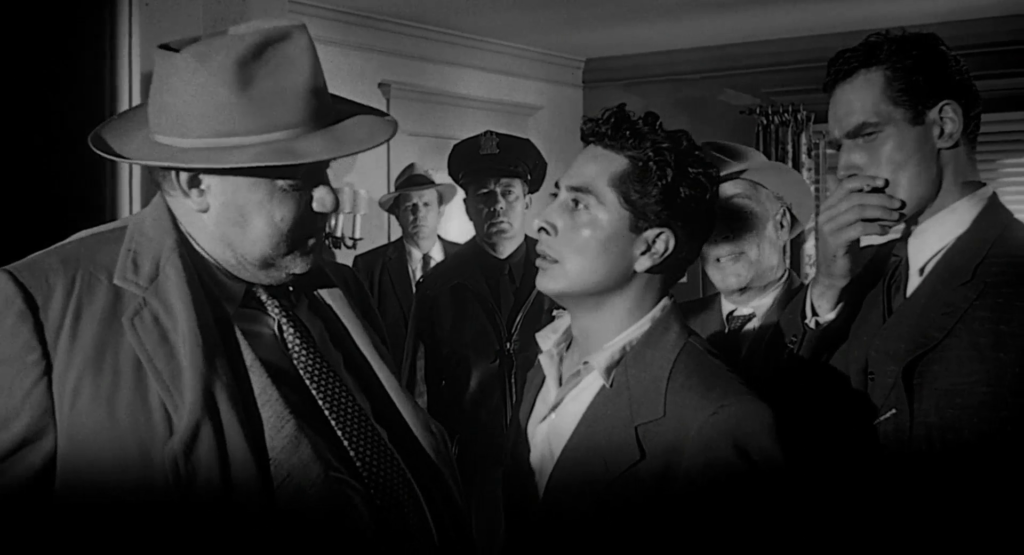
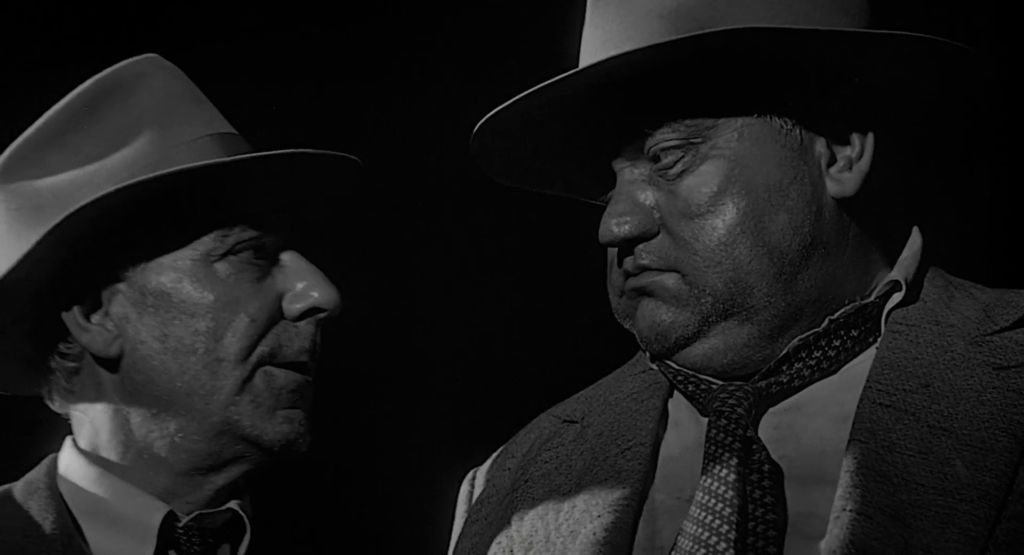

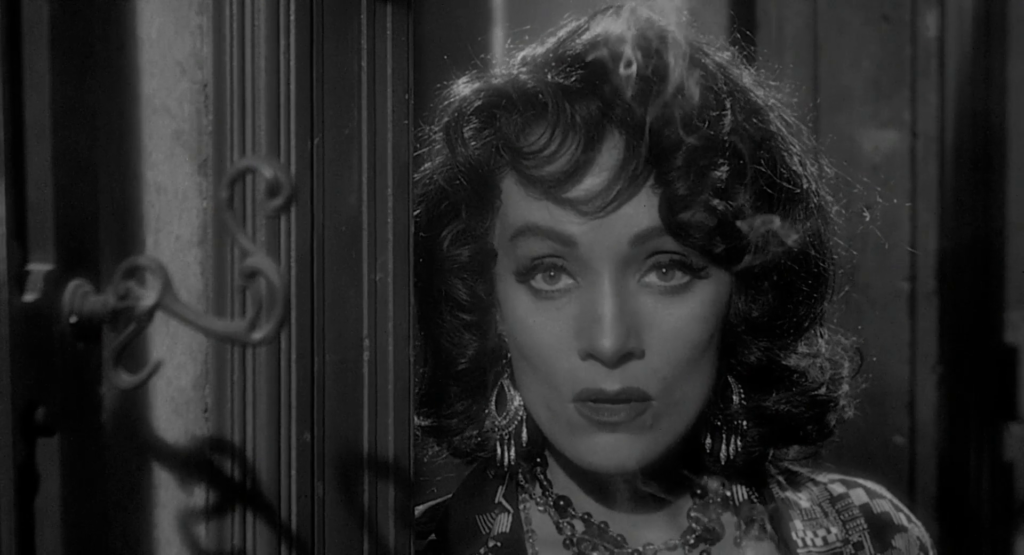
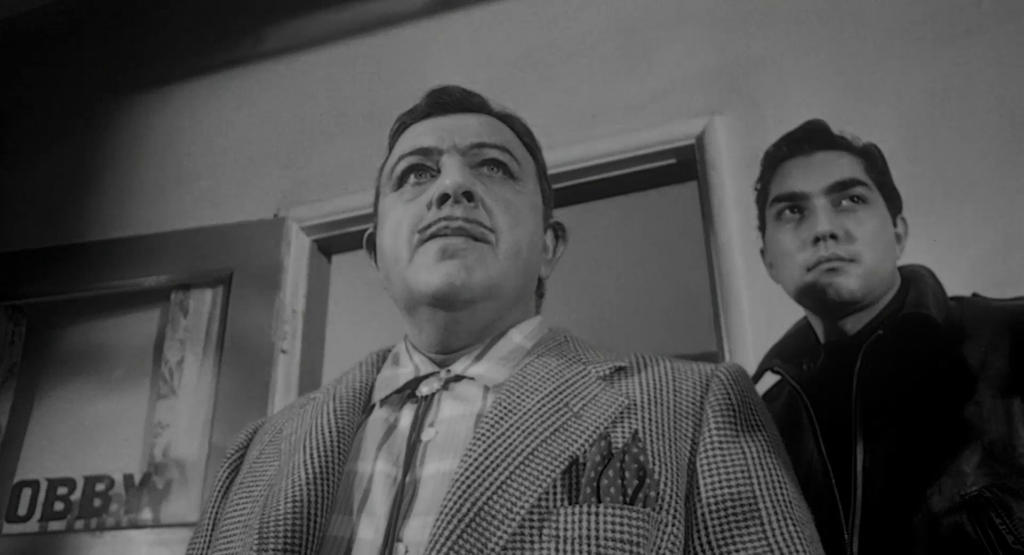
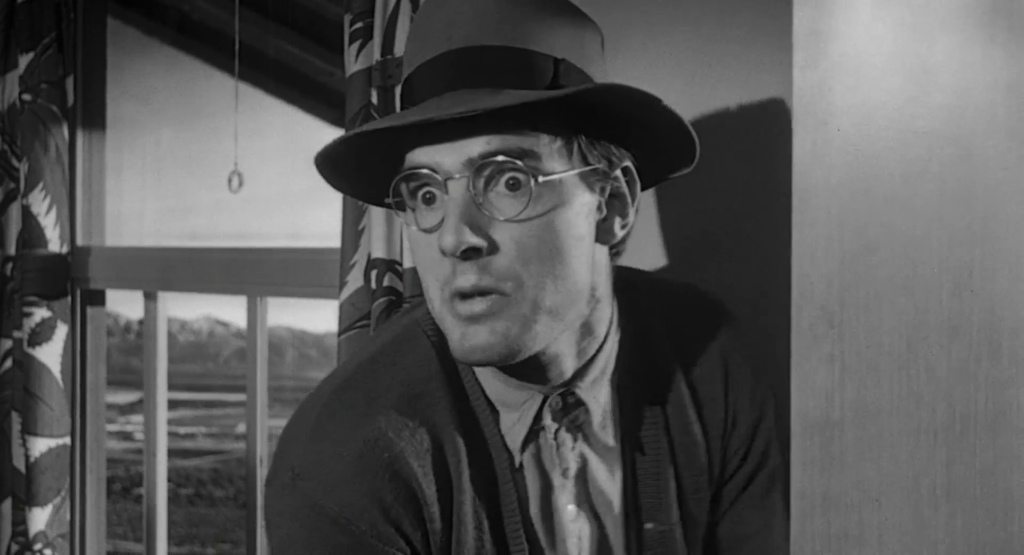
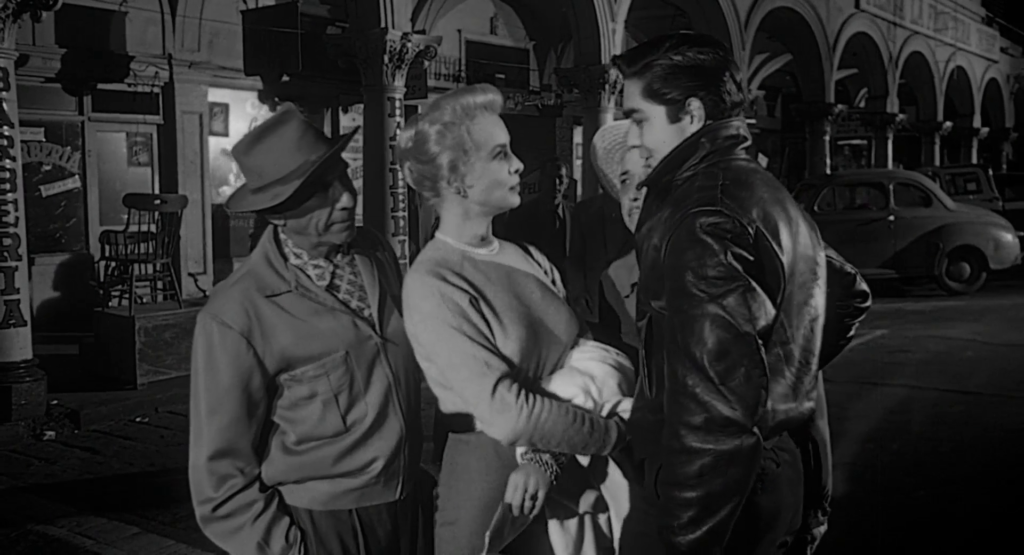
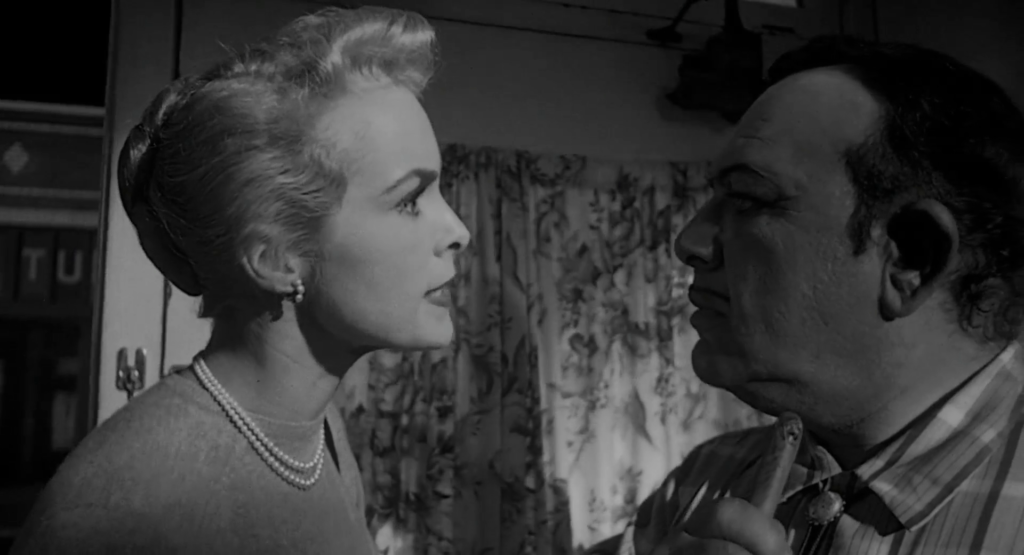
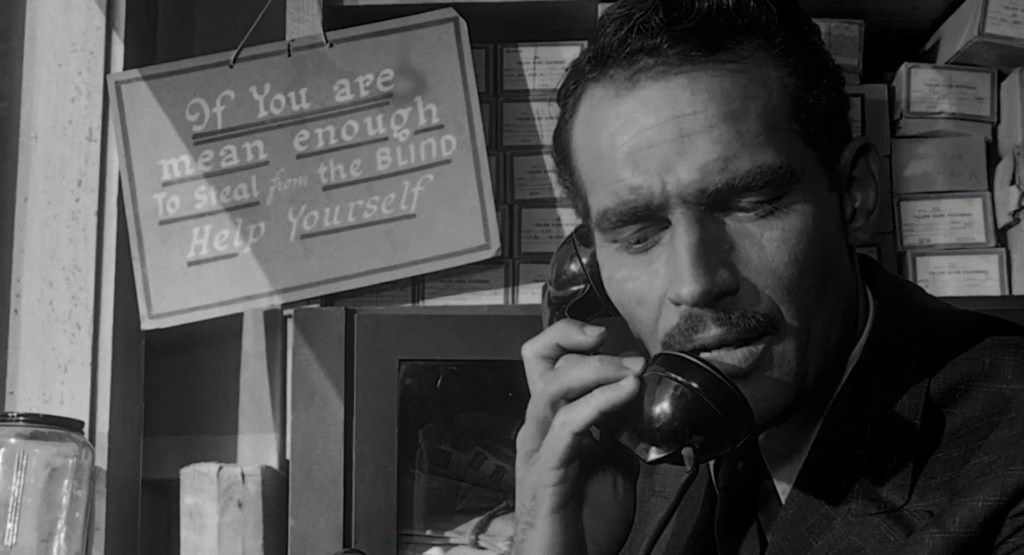
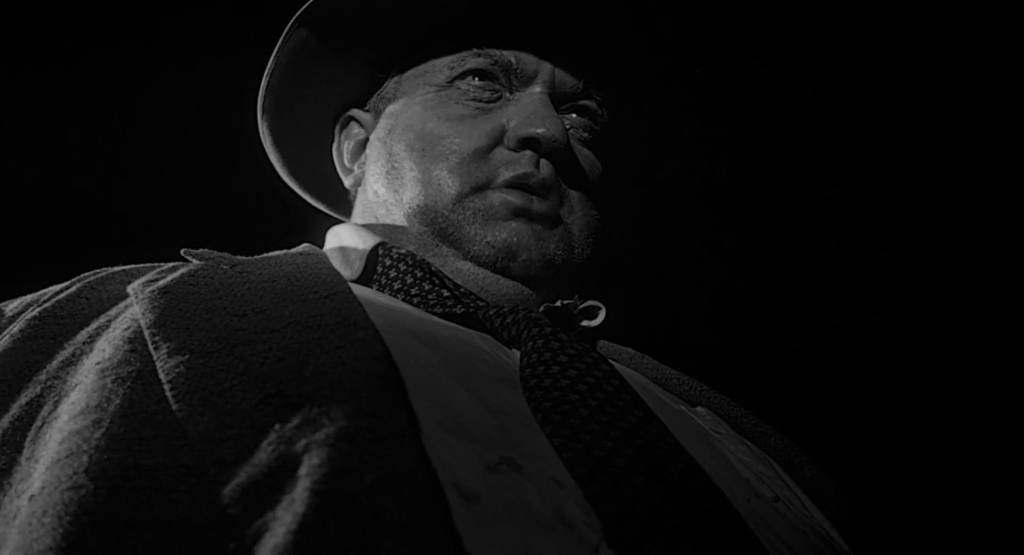
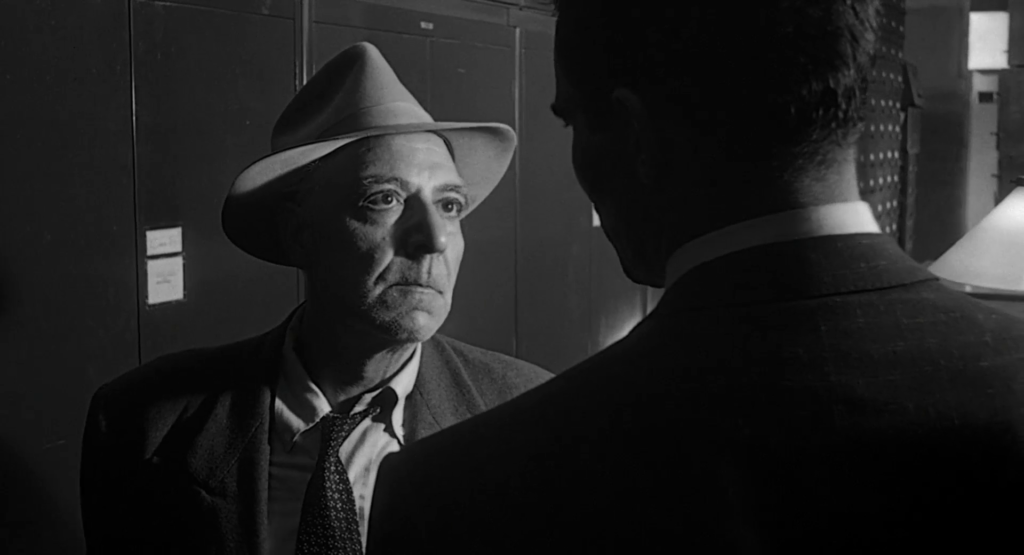

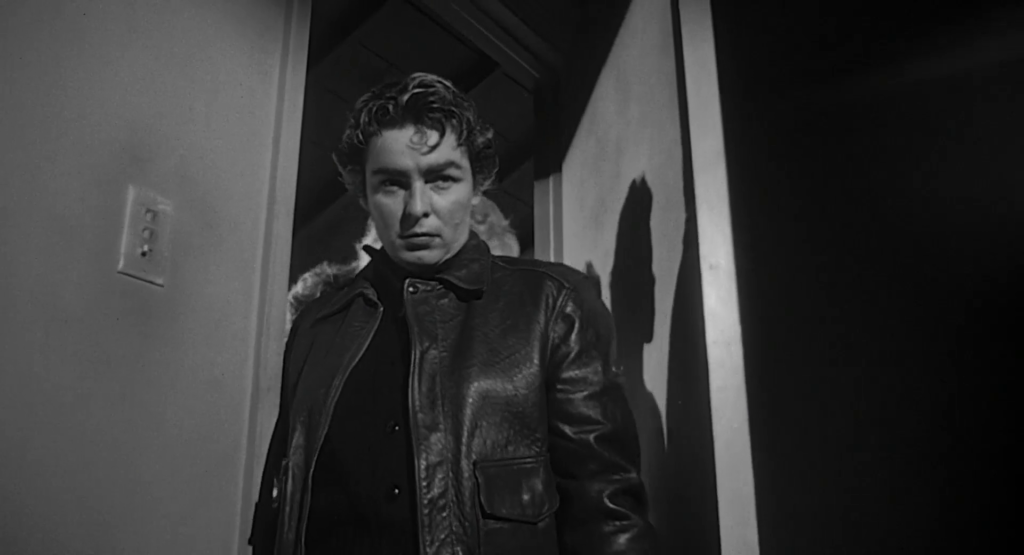
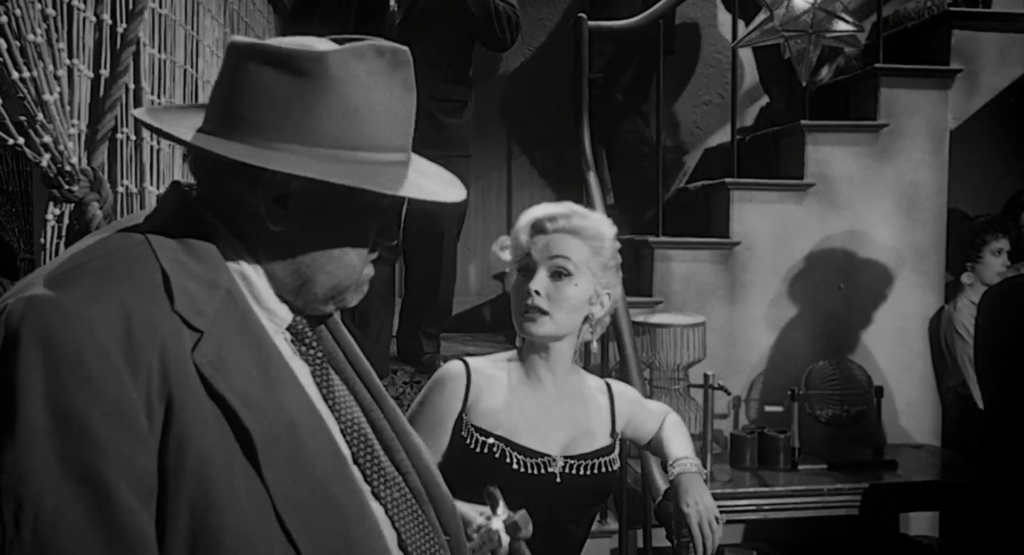
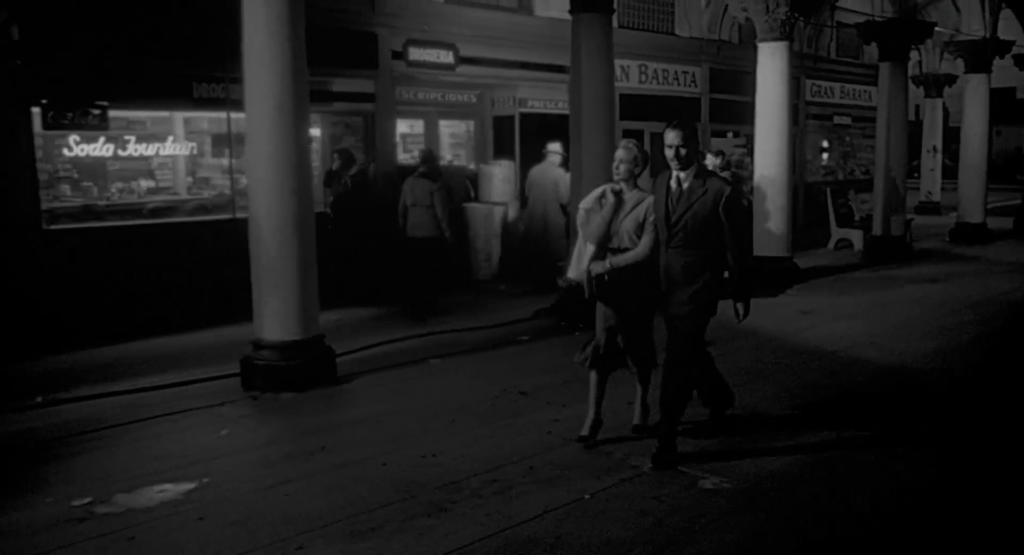
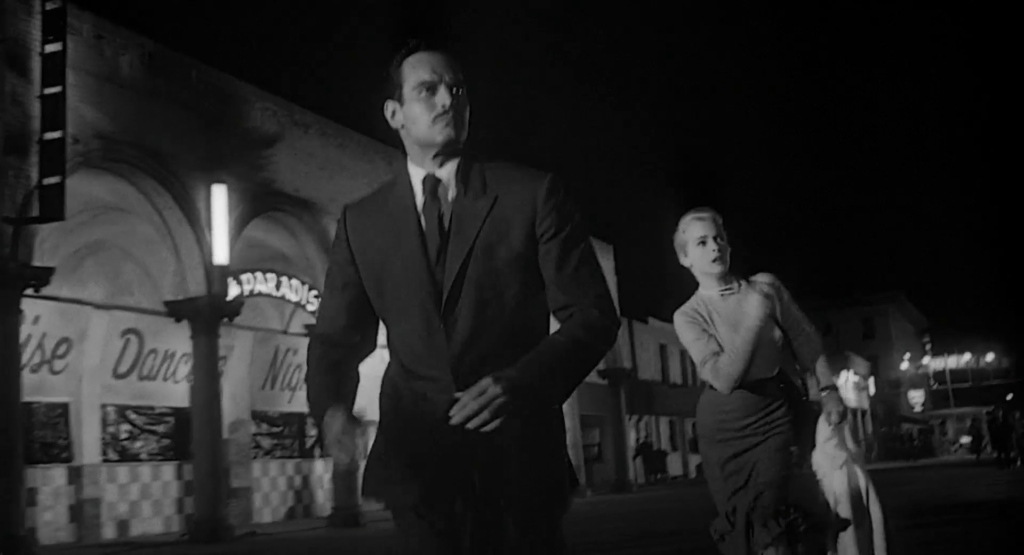
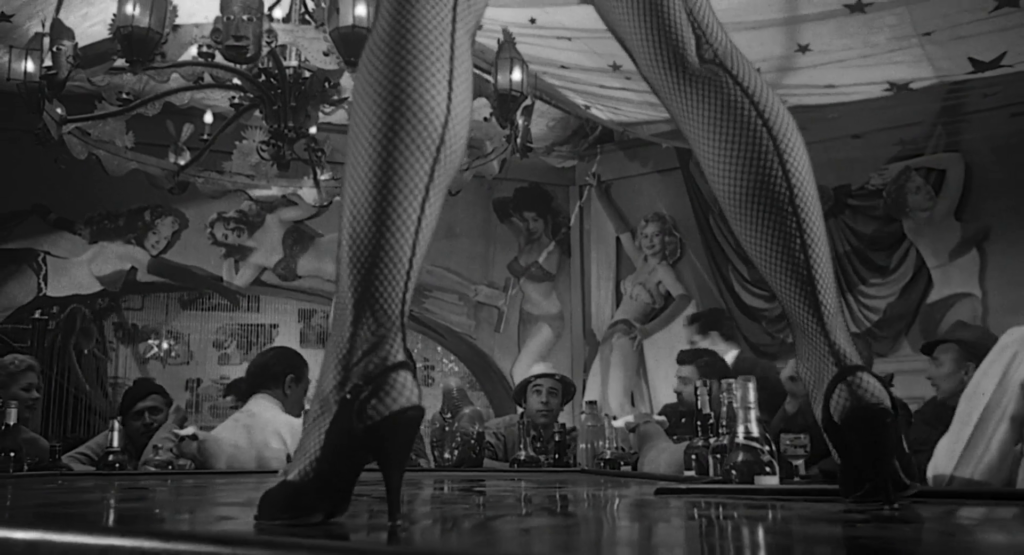
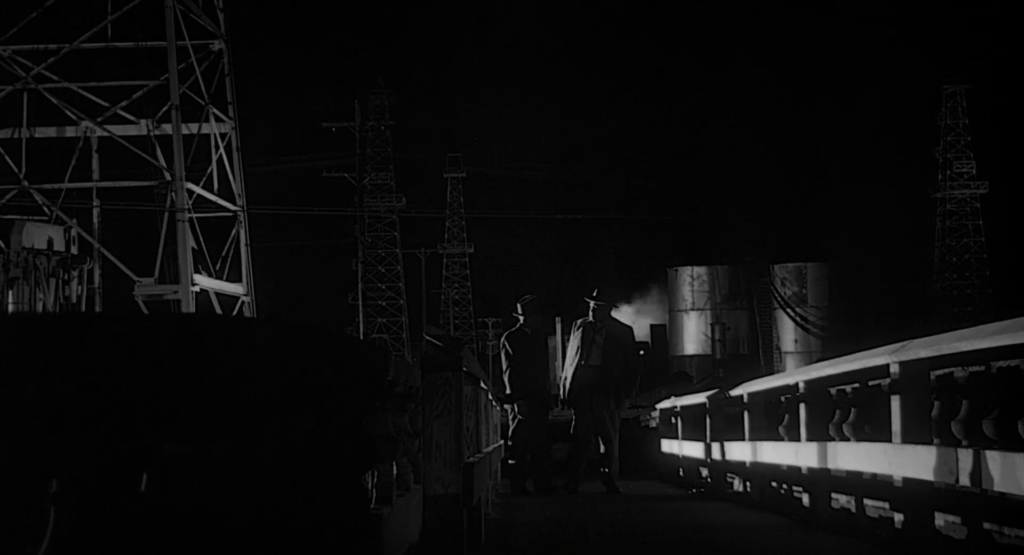
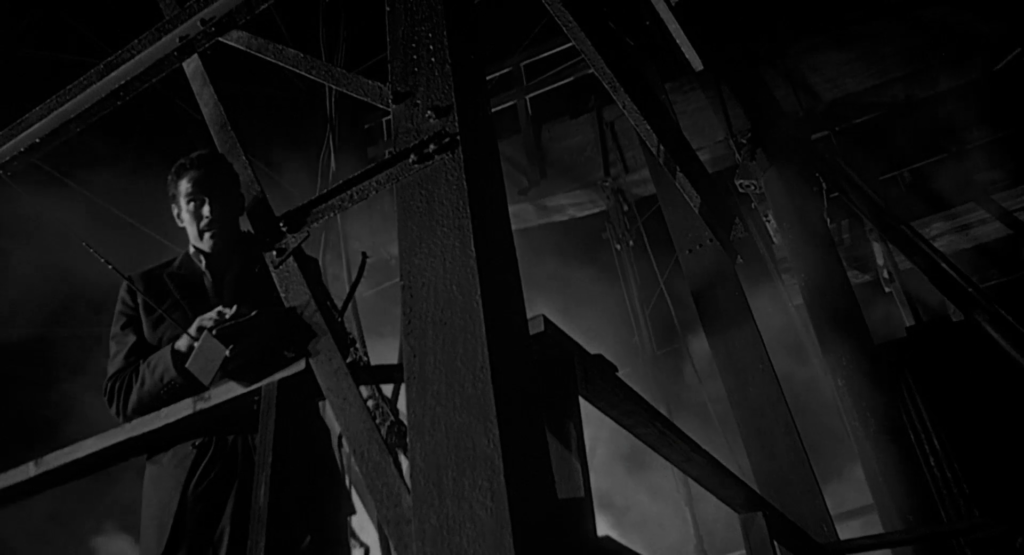
2 thoughts on “Touch of Evil (1958)”
⭐️⭐️⭐️⭐️ out of ⭐️⭐️⭐️⭐️
One of the all-time great noirs so obviously a must see for FFs.
A no-brainer must see. As per my post in ‘The ’40s-’50s in Film’ (fb):
“Somebody’s reputation has got to be ruined.”
‘Touch of Evil’ (1958): Pulp fiction at its purest! Charlton Heston (set to star) got Orson Welles the directing gig. Welles had only been set to play the deeply flawed cop Hank Quinlan. No one had been signed as director – so Heston suggested Welles.
The result – the film Welles actually made – ended up re-edited by the studio; additional scenes added (directed by someone else). Ironically, Welles said the filming experience was the most fun he’d ever had in Hollywood – because there had been no studio interference during the shoot.
The film was a box office flop. That all changed 40 years later, when it was finally restored in accordance with Welles’ original vision.
The main reason the studio mangled the film in 1958 was because it claimed the story was hard to follow. (Welles said the studio version was even *harder* to follow.) But the film isn’t hard to follow at all – you just have to pay attention, and listen – nothing is really going to be spoon-fed to you. (Methinks the studio hated paying attention.)
What’s most impressive (among other impressive things like DP Russell Metty’s great camerawork and Henry Mancini’s atypical score) is the way the film makes full use of its time. There’s no time to dawdle but lots of time to just keep twisting the knot.
Welles made one of the seediest films of the ’50s – exemplified largely by his own performance. His Quinlan never really gets what he wants out of life – but that’s only because he acts like a [R] who doesn’t aim high enough. (He made the mistake of becoming a cop instead of a politician.)
For low-living ennui, Welles is almost-perfectly matched by Marlene Dietrich – the difference being that Dietrich’s character guards her heart; Quinlan’s has been so smashed that his only recourse is to smash all others.